11.02.2021
Next Rocket Lab launch: satellite for US Missile Defence, moon prep
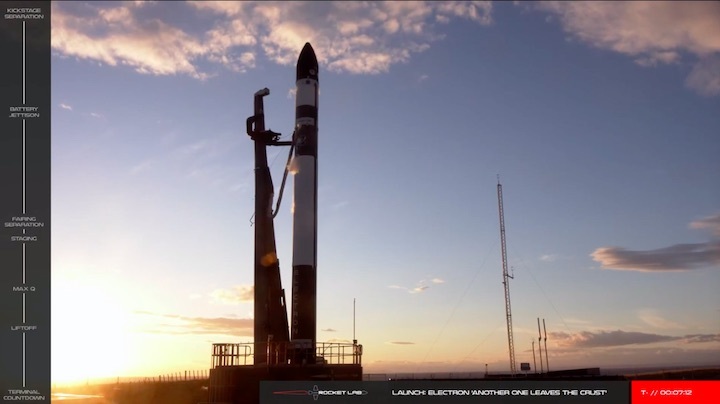
Rocket Lab's next launch will carry another military payload, and see further refinement of the 'Photon' platform that will help ferry a NASA satellite to the moon later this year.
The payload for the "They Go Up So Fast" mission scheduled for a mid-March launch from Mahia, will include, a "technology demonstrator for the US Army's Space and Missile Defense Command (SMDC) through launch integration and program management services provider, TriSept," Rocket Lab said in a statement (see full manifest foot of story).
It will be the latest in a string of defence launches for the US government. Rocket Lab received funding from the US Department of Defense via its DARPA (Defense Advanced Research Projects Agency) unit, and carried payloads to space for spook outfit the National Reconnaissance Office and the US Air Force (the latter will also be the first client for Rocket Lab's new launch pad in Virginia, due to come into service later this year).
Rocket Lab founder and chief executive Peter Beck earlier told the Herald that his company only carries research, not operational satellites, for military clients. Beck also said that many of the technologies involved were dual-use. He pointed to GPS as a US military satellite technology that had ultimately crossed over into the popular domain as a public good. The internet also grew out of a US military research project.
Additionally, every Rocket Lab payload must now be signed off by the New Zealand Space Agency (housed within) MBIE, plus the Space Minister (currently Stuart Nash), after meeting safety criteria and passing a "national interest" test.
'Space Tug'
They Go Up So Fast's six customer payloads will be integrated onto Photon, which will initially act as a Kick Stage "space tug" to circularise and deploy the satellites to precise orbits, Rocket Lab says.
After deploying the first five satellites to a 550 km circular orbit, Photon's Curie engine will reignite to lower its attitude and deploy the final satellite to a 450 km orbit.
Following payload deployment, Photon Pathstone will remain in orbit "to build flight heritage" across the spacecraft's subsystems ahead of the Capstone mission to the Moon for NASA later this year, as well as Rocket Lab's private mission to Venus in 2023 (a passion project being pursued by Beck following the discovery of phosphine gas in the planet's atmosphere - an indicator of possible life. On Earth, phosphine is only produced through biochemical processes).
Photon Pathstone will demonstrate power management, thermal control, and attitude control subsystems, as well as newly-integrated technologies including deep-space radio capability, an upgraded RCS (reaction control system) for precision pointing in space, and sun sensors and star trackers. Pathstone is the second Photon spacecraft to be deployed to orbit, following the launch of Photon First Light in August 2020, Rocket Lab says.
One launch, mulitple missions
Beck says deploying customer satellites and then continuing with an independent Photon mission is a unique capability that enables multiple missions on the same launch.
"We're delighted to be delivering tailored access to orbit for our customers once again, many of whom have previously launched on Electron. With Photon, and likewise with the Kick Stage, we're able to give our customers an unmatched level of control over their orbital insertion, even when flying as a rideshare," he said.
"What's truly unique to Electron is the ability to deploy a range of customer satellites, then continue with a separate Photon mission. It means making multiple, distinct missions capable within the same launch, reducing the time, cost, and complexity of innovating on orbit. It's nothing short of a complete transformation in the way we go to space."
'They Go Up So Fast' Mission Manifest
'They Go Up So Fast' mission will be Rocket Lab's 19th Electron launch overall and second mission of 2021. The launch will bring the total number of satellites launched by Electron to 104.
Payload: Photon
Organisation: Rocket Lab
The Photon onboard this mission is the latest configuration of Rocket Lab's in-house satellite platform built for operations in low Earth orbit, deep space, and on interplanetary missions. This mission follows the successful launch and deployment of Rocket Lab's first Photon satellite fewer than six months ago on the I Can't Believe It's Not Optical mission in August 2020.
Payload: BlackSky Global Series
Organisation: BlackSky, procured by Spaceflight Inc.
BlackSky will include a single Earth observation microsatellite. This is the seventh launch of a Gen-2 spacecraft to date. Spaceflight arranged the launch and is providing mission management and integration services for BlackSky.
Payload: Centauri 3
Organisation: Fleet Space, procured by Tyvak
Centauri 3 is a newly-designed 6U NanoSat that will join Fleet Space's planned constellation of 140 Industrial Internet of Things (IIoT) satellites in low Earth orbit. Designed for use in the energy, utilities, and resource industries, the Centauri 3 will also test new hardware and space systems developed by Fleet Space that will support the 2023 Seven Sisters mission, a resource exploration mission by an Australian team of space, remote operations, and resource exploration companies that will launch nanosatellites and sensors to develop new resource exploration techniques for Earth, the Moon, and Mars, in support of NASA's Artemis Program.
Payload: Myriota 7
Organisation: Myriota, procured by Tyvak
Myriota is the global leader in low-cost, secure satellite connectivity for the Internet of Things. Myriota 7 is the latest addition to its satellite constellation, and forms part of a crucial next step for the business, as it moves towards near-real-time connectivity. It will support Myriota's customers by further improving its existing service, which provides access to data from anywhere on Earth. Myriota's long battery life and direct-to-orbit connectivity supports products from technology partners servicing a wide range of industries including utilities, transport and logistics, supply chain, agriculture, mining and defence.
Payload: Veery Hatchling
Organisation: Care Weather Technologies
The Veery Hatchling mission will test Care Weather's vertically-integrated satellite power, computing, and avionics systems in a 1U CubeSat. It paves the way for Care Weather's future constellation of scatterometric radar weather satellites capable of producing hourly maps of global wind speed and direction over the surface of the ocean. Veery Hatchling is the first step in Care Weather's mission to save lives and livelihoods by better forecasting Earth's extreme weather.
Payload: M2
Organisation: The University of New South Wales's Canberra Space
This spacecraft from the University of New South Wales Canberra Space, in collaboration with the Royal Australian Air Force, will bring together emerging technologies that deliver advanced capabilities in earth observation, maritime surveillance, quantum computing, advanced AI, and laser communications. M2 follows on from the successful M2 Pathfinder mission deployed in June 2020 on Rocket Lab's 12th mission, 'Don't Stop Me Now'.
Payload: Gunsmoke-J
Organisation: US Army's SMDC, procured by TriSept
TriSept procured the rideshare slot on Electron for the U.S. Army's Space and Missile Defense Command (SMDC). Gunsmoke-J is an experimental 3U CubeSat that will test technologies that support development of new capabilities for the US Army. "TriSept is thrilled to be providing the rideshare slot, dispenser hardware, regulatory compliance in both the U.S. and New Zealand, and spacecraft integration for this important technology demonstration in space. We look forward to the integration of this small but game-changing payload aboard Rocket Lab's Electron," said TriSept CEO, Rob Spicer.
Quelle: nzherald
----
Update: 22.03.2021
.
Police assess community sentiment ahead of protest over Rocket Lab
launch
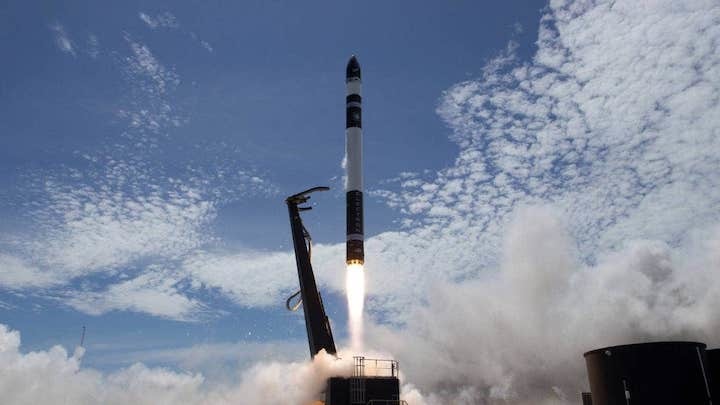
Peace activists are planning to protest on Wednesday against a launch of a United States military satellite by Rocket Lab, but by then the first satellite they are concerned about may already be in space.
Police have indicated they had been taking an interest in assessing sentiment towards the launch, visiting a concerned community member to discuss social media posts.
Rocket Lab will conduct its 18th orbital mission from the Māhia Peninsular some time from late Tuesday morning, depending on the weather.
One of the satellites on board, dubbed Gunsmoke J, was commissioned by the US Army's Space and Missile Defence Command (SMDC).
US defence documents indicate the satellite is the first of a series of satellites that will carry advanced electronics that could provide "tactically actionable targeting data to warfighters" – in others words could help direct fire in a conflict.
Quelle: stuff
+++
Rocket Lab’s controversial payload set for launch
Rocket Lab's most controversial Mahia launch to date is scheduled to take place from tomorrow.
The US-based space company will open daily launch windows from 11.20am tomorrow through to March 31.
The mission, dubbed They Go Up So Fast, will deploy a range of satellites for commercial and government satellite operators, and place a next-generation Photon spacecraft in orbit to build spacecraft heritage ahead of Rocket Lab's mission to the Moon for NASA (National Aeronautics and Space Administration) later this year.
However, it is the inclusion of the US Army's Space and Missile Defense Command (SMDC)payload named Gunsmoke-J that has stirred controversy.
Although Rocket Lab has previously pointed out the payload is a test satellite and not a weapon, a media release from the US Army last year said Gunsmoke-J was a joint capability technology demonstration involving a science and technology effort that “will provide new and advanced capabilities to the tactical war-fighters”.
As with all payloads launch from New Zealand, the payload was required to undergo a robust permitting process with the New Zealand Space Agency and was assessed against a number of criteria set out in the Outer Space and High-Altitude Activities Act (OSHAA), and signed off by the Minister for Economic Development.
The Gisborne Herald has applied through the Official Information Act to see the full details of the final approval.
Quelle: gisborneherald.co.nz
+++
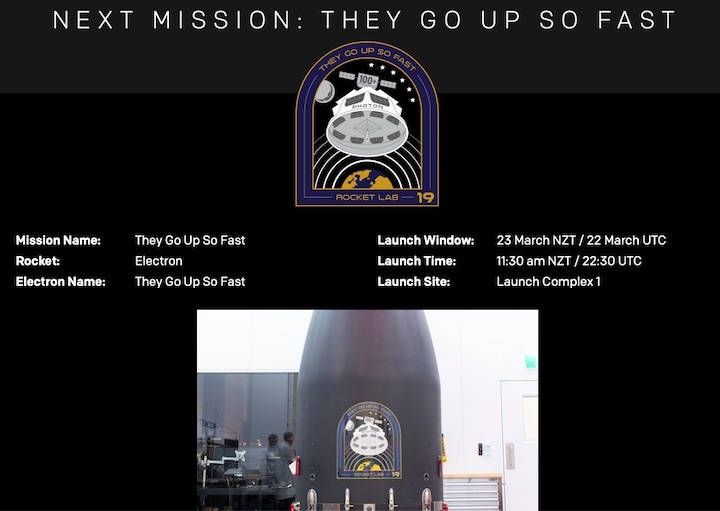
MISSION OVERVIEW
Rocket Lab's 19th Electron mission will deploy a range of satellites for commercial and government satellite operators, as well as place a next-generation Rocket Lab Photon spacecraft in orbit to build spacecraft heritage ahead of Rocket Lab’s mission to the Moon for NASA later this year.
Seven satellites feature on the mission manifest, including:
- An Earth-observation satellite for BlackSky via launch services provider Spaceflight Inc.;
- Two Internet-Of-Things (IoT) nanosatellites for companies Fleet Space and Myriota, procured by Tyvak;
- A technology demonstration satellite for the University of New South Wales (UNSW) Canberra Space;
- a weather satellite pathfinder technology demonstration from Care Weather technologies;
- A technology demonstrator for the U.S. Army’s Space and Missile Defense Command (SMDC) through launch integration and program management services provider, TriSept.
The final payload on this mission is Rocket Lab’s in-house designed and built Photon Pathstone. The spacecraft will operate on orbit as a risk reduction demonstration to build spacecraft heritage ahead of Rocket Lab’s mission to the Moon for NASA later this year, as well as Rocket Lab's private mission to Venus in 2023. Photon Pathstone will demonstrate power management, thermal control, and attitude control subsystems, as well as newly-integrated technologies including deep-space radio capability, an upgraded RCS (reaction control system) for precision pointing in space, and sun sensors and star trackers. Pathstone is the second Photon spacecraft to be deployed to orbit, following the launch of Photon First Light in August 2020.
Quelle: Rocket Lab
----
Update: 23.03.2021
.
Start von Rocket Labs 19th Electron Mission

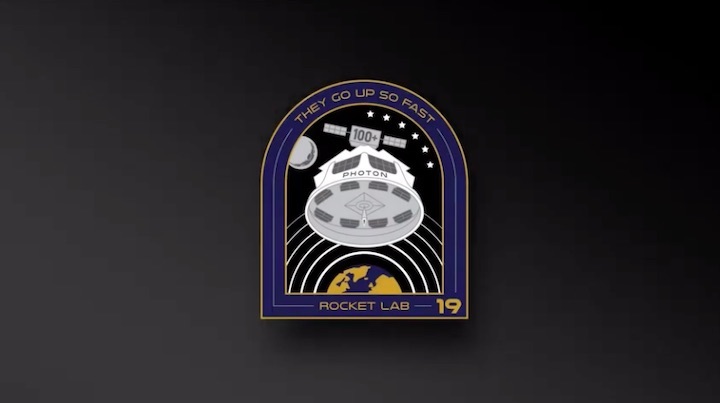
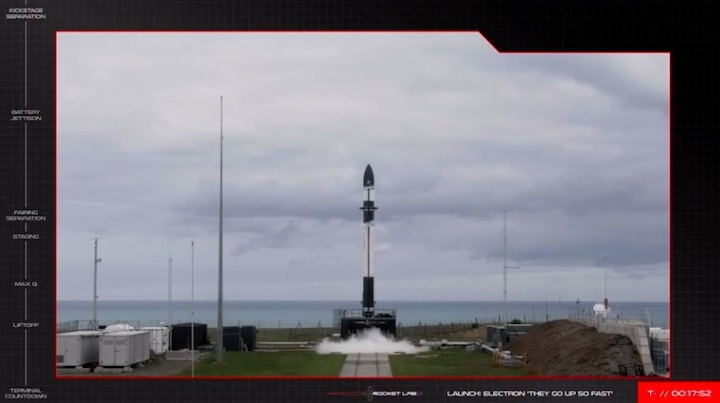
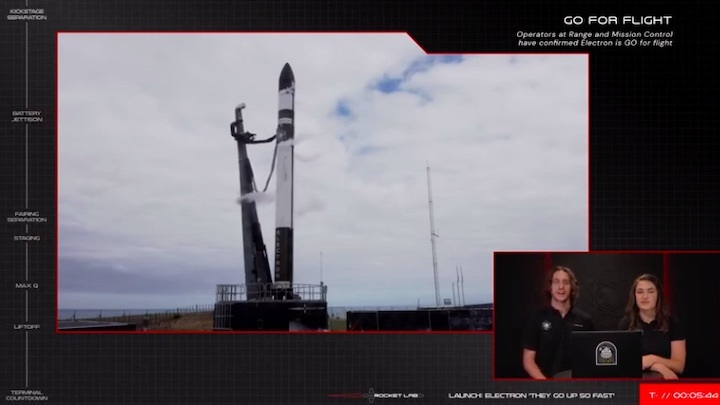
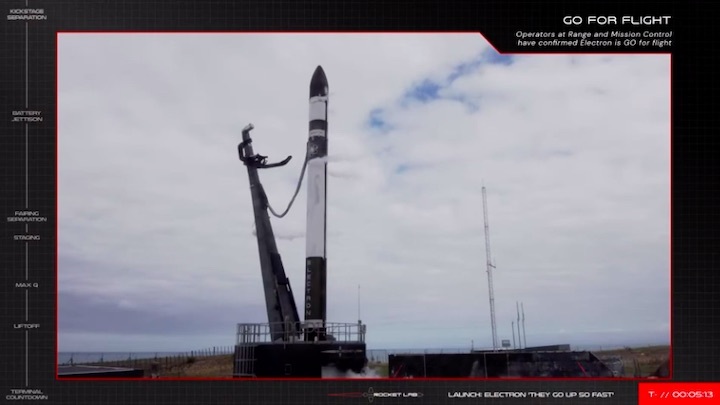
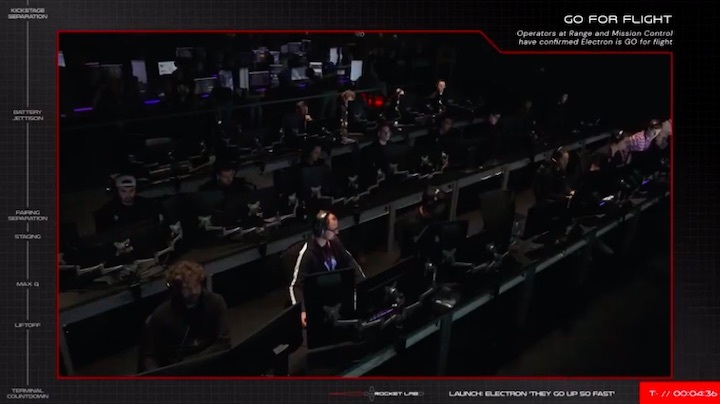
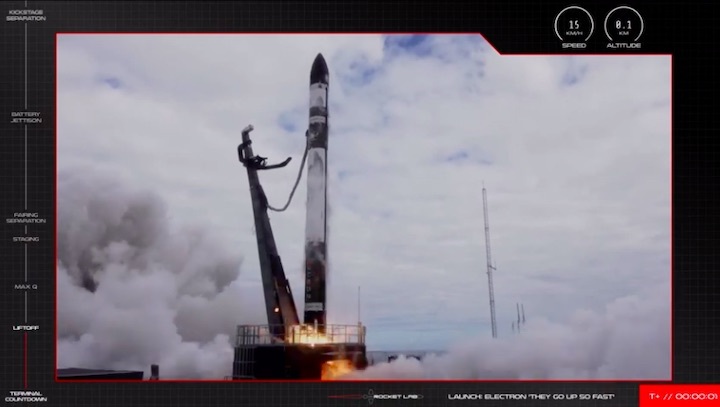
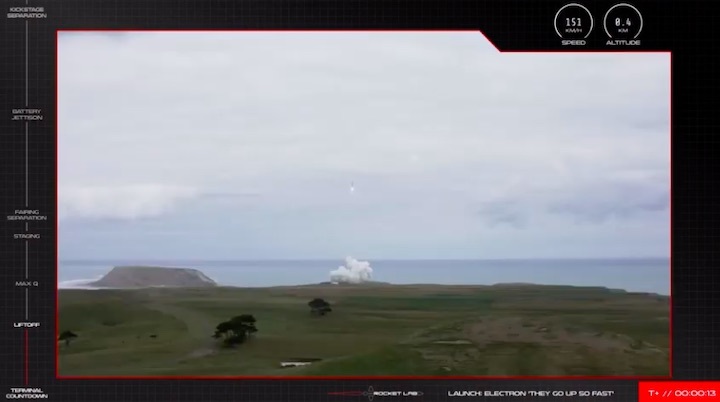
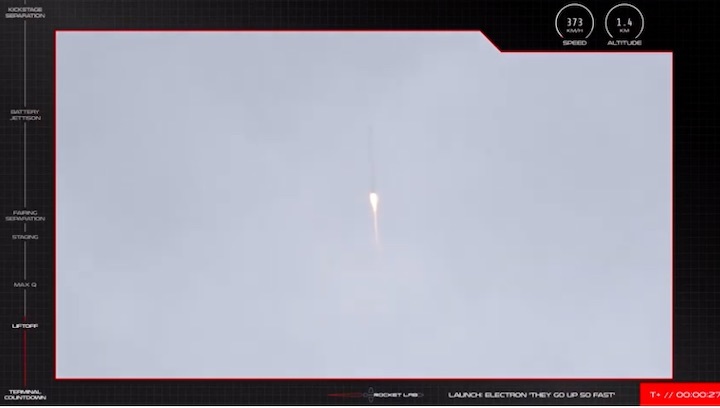
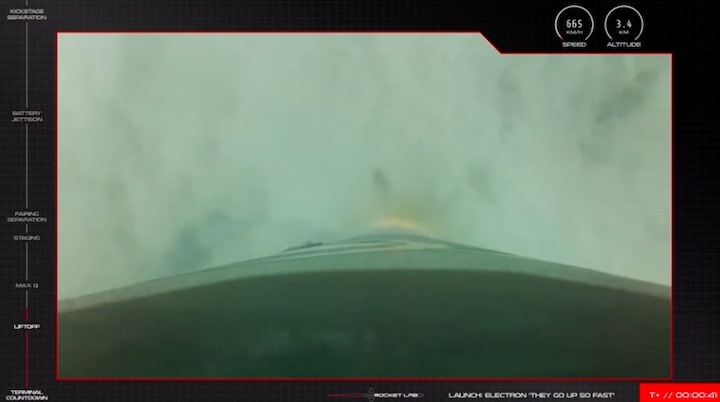
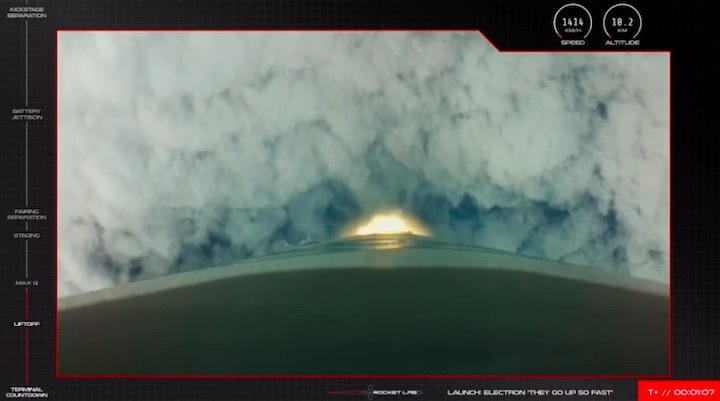
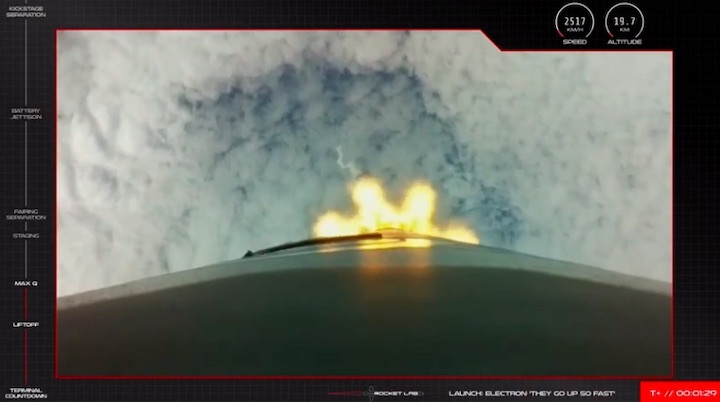
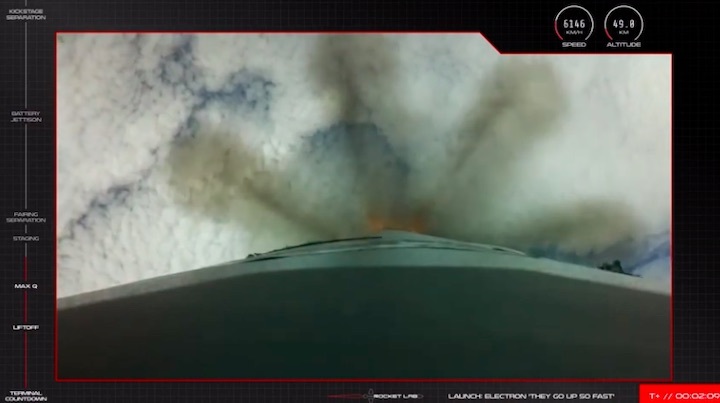
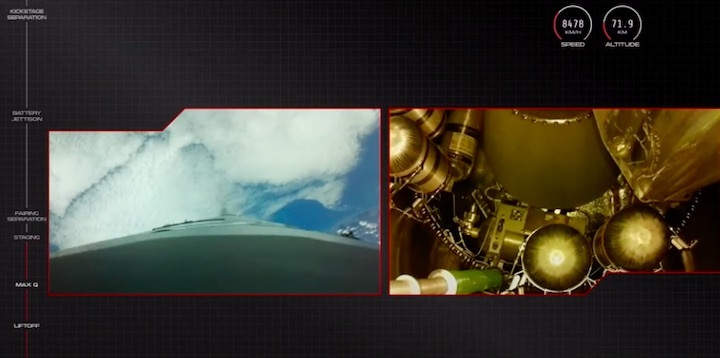
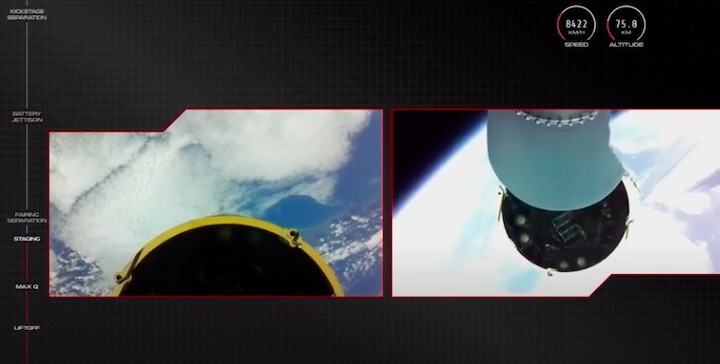
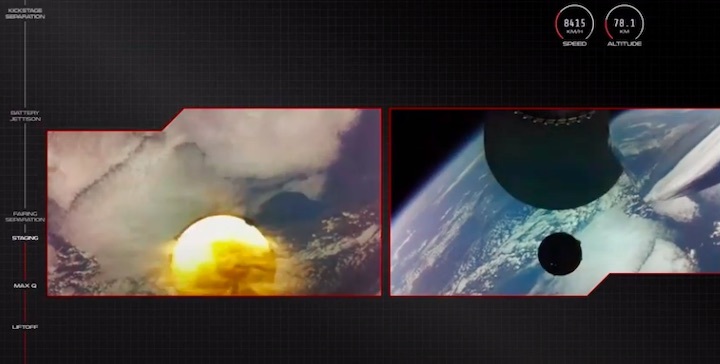
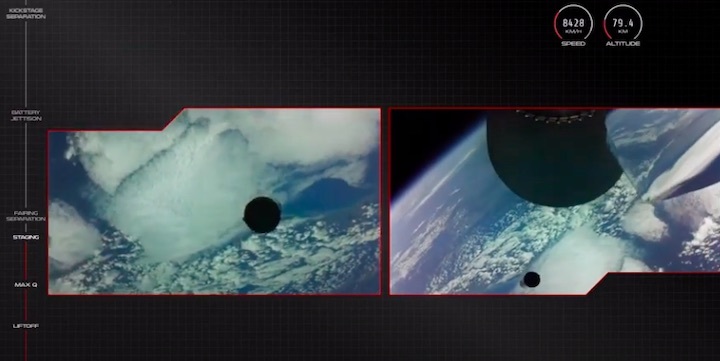
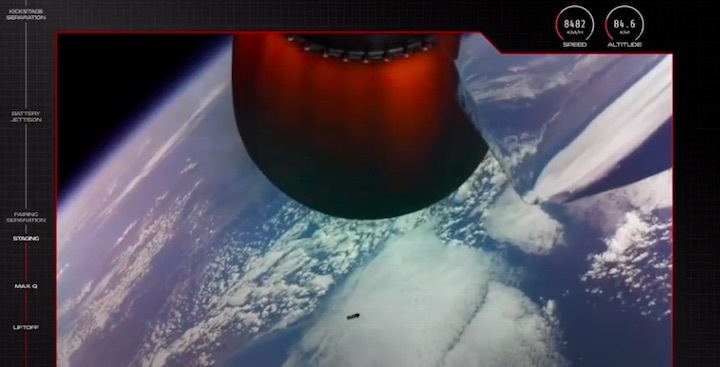
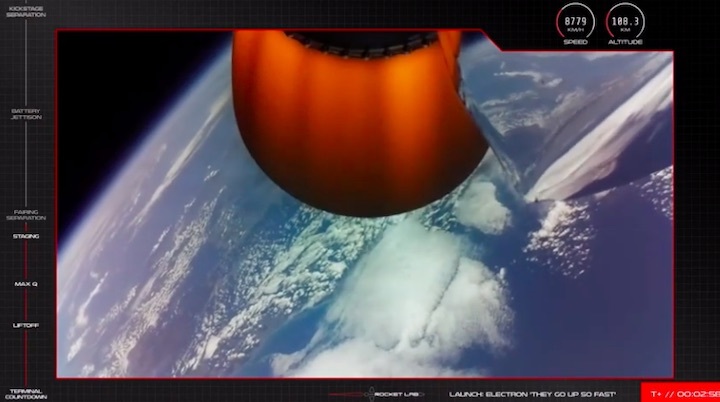
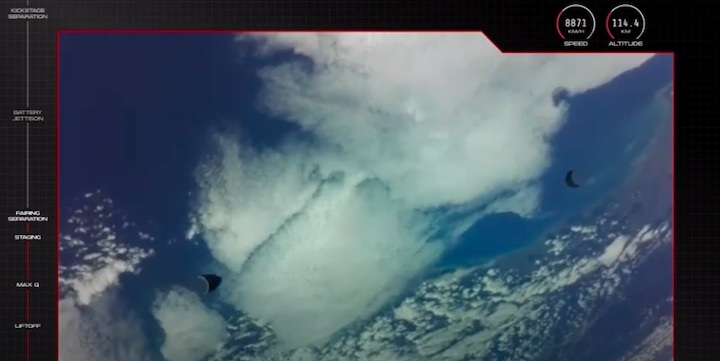
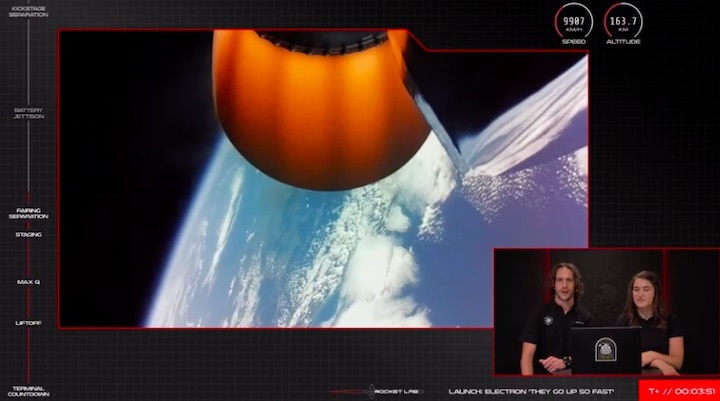
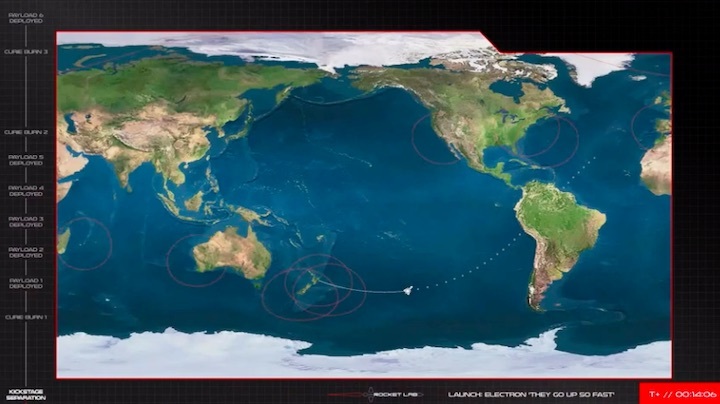
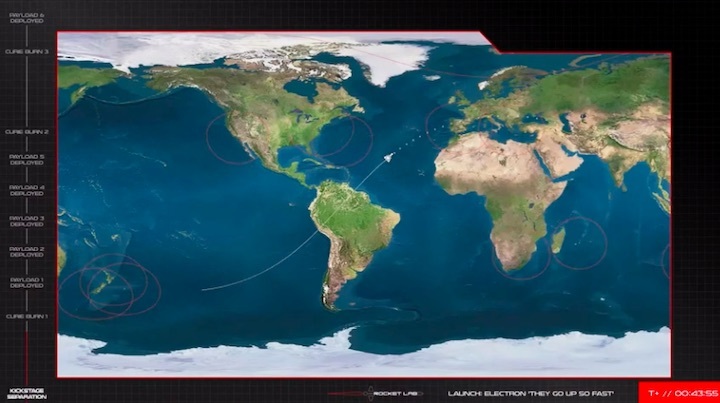
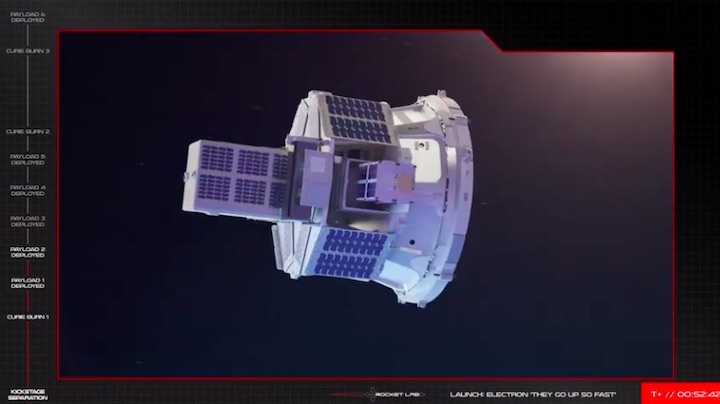
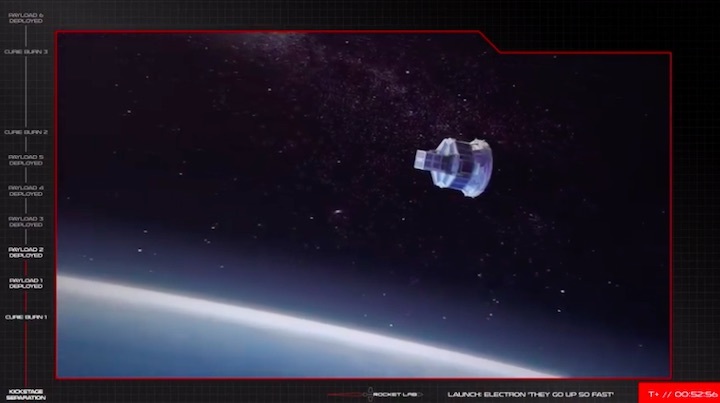
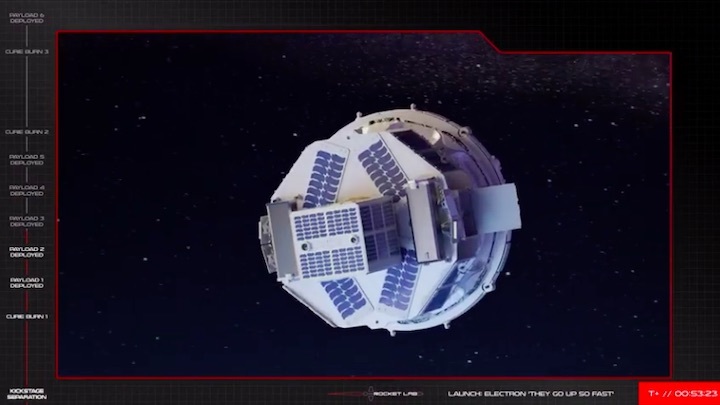
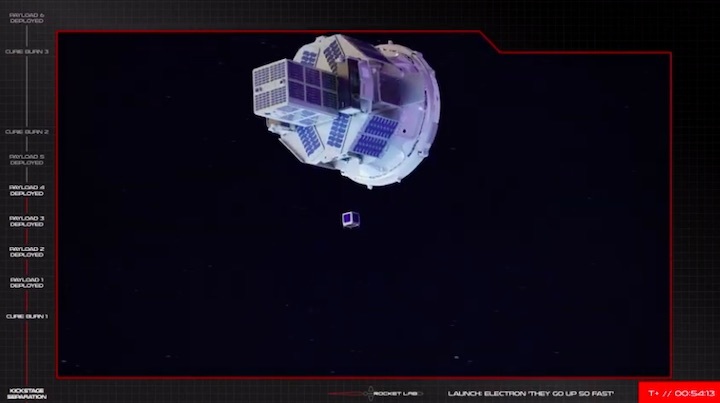
Quelle: Rocket Lab
